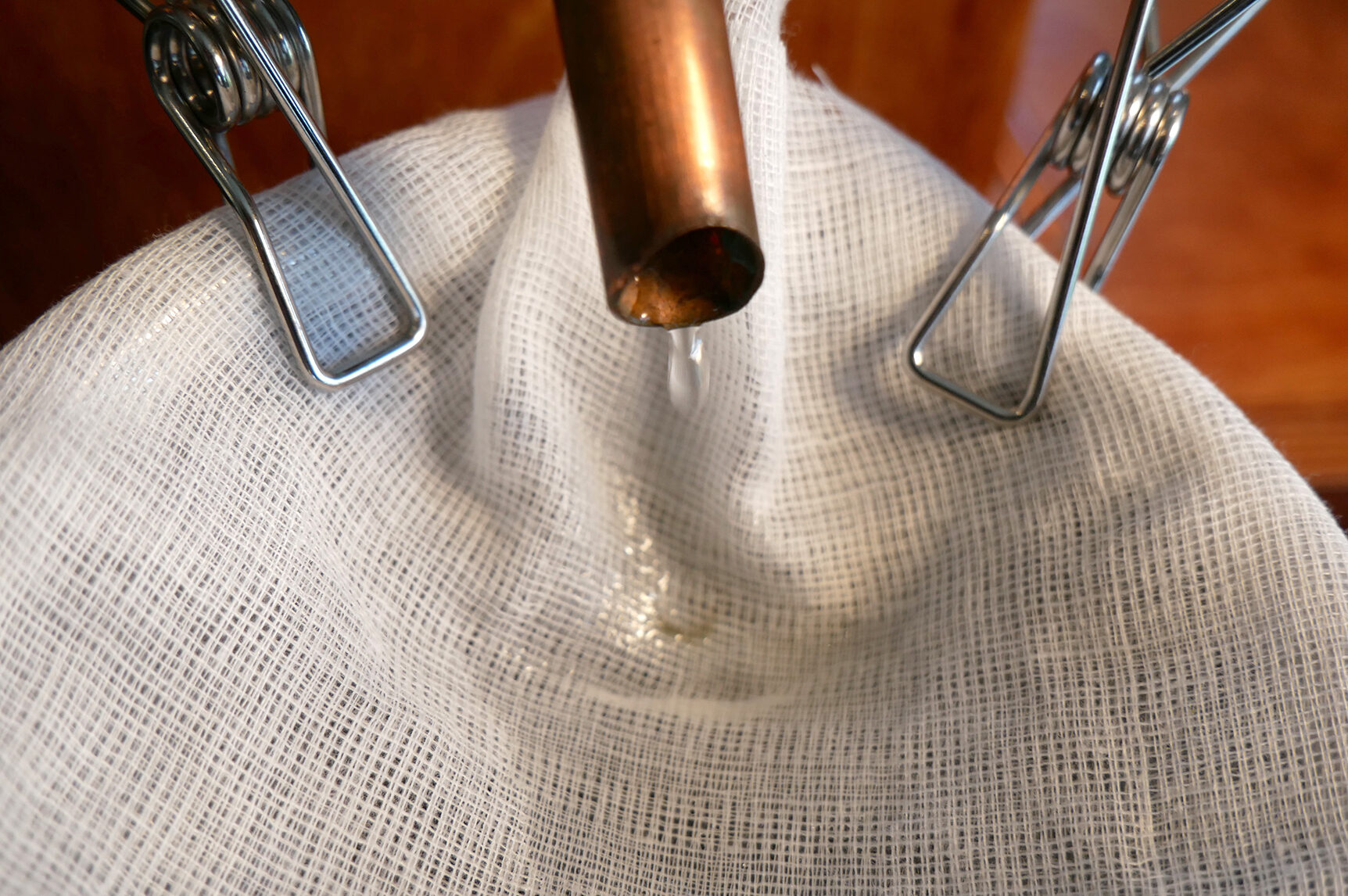One of the three Foundation Distillation courses we offer here at The Alembics Lab is ‘Distilling Hydrosol’. This course is an introduction to hydro distillation, which utilises that universal solvent—water—to unlock the aromatics in our plant material. Hydrosol (or hydrolat) are the aromatic products of these distillations.
Let’s take a closer look at the hydrosol. Any aspiring chemists out there will love this! Here goes…..
Hydrosol consists primarily of water. It also contains small amounts of water-soluble plant constituents and traces of nonpolar (that which doesn’t dissolve in water) compounds. It’s important to have some understanding of volatile organic compounds (VOC) and solubility (that which is soluble or not in water) to understand the appropriate and effective application of hydrosols. If something is water-soluble it means that it can be taken internally and metabolised. It also means that it can be absorbed externally, by spraying on the face or body. This makes hydrosol very different to essential oil—which cannot be metabolised and in many cases should not be used undiluted on the skin.
The distillation of hydrosol is a process of separation. Plant VOCs become vapour at different temperatures. The aim of distillation is to separate the VOCs from the original plant material by using water, heat, and a closed system (the still). The plant material is placed in the pot (hydro-distillation) or column (steam distillation), or both (combo-distillation). Water is added to the pot which is then heated. As the water heats, the cells of the plant are ruptured, and the VOCs are released and are carried over in the vapours of the water (steam) through the still. When the vapours reach the condenser bucket, which has cooling water flowing through it, it turns back into a liquid state. This liquid is collected and called hydrosol.
Interestingly, there are no vitamins, minerals, amino acids, tannins, flavonoids, carotenoids, bitters, or alkaloids present in hydrosol. These generally do not evaporate because they are not volatile organic compounds. Their molecules are too large and heavy or too attached to water molecules by kinetic energy to be able to come across in the still. Some VOC’s are slightly water-soluble and it’s these that give taste and aroma to hydrosol.
Hydrosols may well be one of the most underrated aromatic products. They’re used in skincare products, as tonics and for zero ABV drinks. You can distil single plants and use them on their own (we love a hops hydrosol splashed into a tall glass of soda) or you can create aromatic blends with them. You can also experiment with mixed-botanical hydro distillations that will give you a blend straight from the still. There’s tons of scope for invention and experimentation.
If you’d like to learn more about distilling hydrosol you can take a look at our Foundation Distillation courses.
— by Jess Culpan




